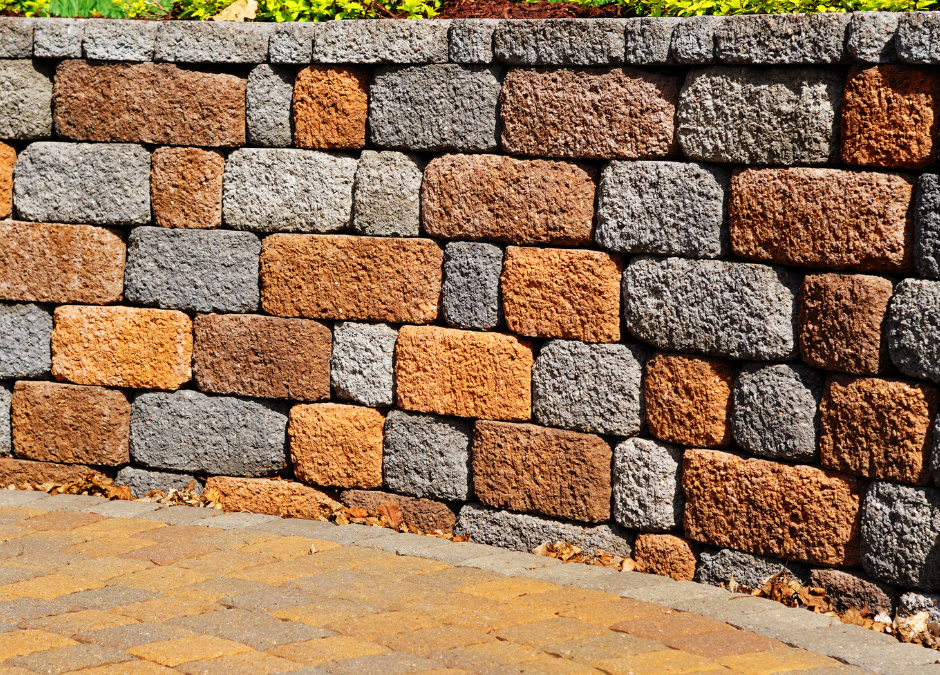Retaining Walls: A Practical and Stylish Addition to Your Landscape
Retaining walls are a versatile landscaping feature that can be used to solve a variety of problems, from preventing erosion to creating usable space. They can also be a beautiful addition to your yard, adding depth, interest, and definition.
What is a retaining wall?
A retaining wall is a structure that is built to hold back soil or other materials. They are typically used to create level areas on sloping land, to prevent erosion, or to support raised planting beds. Retaining walls can be made of a variety of materials, including, stone, block, brick, and wood.
Why should you add a retaining wall to your landscape?
There are many reasons to add a retaining wall to your landscape. Here are a few of the most common benefits:
· Prevent erosion: Retaining walls can help to prevent erosion by slowing down the flow of water and preventing it from washing away soil. This is especially important in areas that are prone to flooding or heavy rains.
· Create usable space: Retaining walls can be used to create usable space in areas that are otherwise unusable, such as sloping hillsides or steep banks. This can provide you with additional space for patios, gardens, or seating areas.
· Add support to raised beds: Retaining walls can be used to support raised planting beds, which can help to improve drainage and aeration for plants. This can also make it easier to reach and care for plants that are planted in raised beds.
· Add beauty and interest to your landscape: Retaining walls can add beauty and interest to your landscape. They can be used to create focal points, define spaces, or add a touch of rustic charm.
How to choose the right retaining wall for your landscape
When choosing a retaining wall for your landscape, there are a few things you need to consider:
· The size and height of the wall: The size and height of the wall will depend on the amount of soil or other material that needs to be retained.
· Materials used: The materials used for the wall will depend on your budget, the desired style, and the climate in your area.
· The slope of the land: Slope of the land will determine the type of retaining wall that is needed. For example, a steeper slope will require a more substantial wall than a gentle slope.
· The drainage of the area: Drainage of the area is important to consider, as you will need to make sure that the wall is designed to prevent water from pooling behind it.
How to install a retaining wall
If you are not comfortable installing a retaining wall yourself, you can hire a professional to do it for you. However, if you are up for the challenge, here are the basic steps involved in installing a retaining wall:
1. Excavate the area where the wall will be located.
2. Install a footing for the wall.
3. Build the wall using the desired materials.
4. Backfill the area behind the wall.
5. Install drainage pipes if necessary.
Maintaining your retaining wall
Once your retaining wall is installed, it is important to maintain it properly to ensure that it remains functional and safe. Here are a few tips for maintaining your retaining wall:
· Inspect the wall regularly for signs of damage.
· Repair any damage as soon as possible.
· Water the wall regularly, especially during dry periods.
· Trim any vegetation that is growing too close to the wall.
By following these tips, you can help to ensure that your retaining wall will last for many years to come.
Conclusion
Retaining walls are a versatile and practical landscaping feature that can add beauty and functionality to your yard. If you are considering adding a retaining wall to your landscape, be sure to do your research and choose the right wall for your needs. With proper maintenance, your retaining wall will provide you with years of enjoyment.

